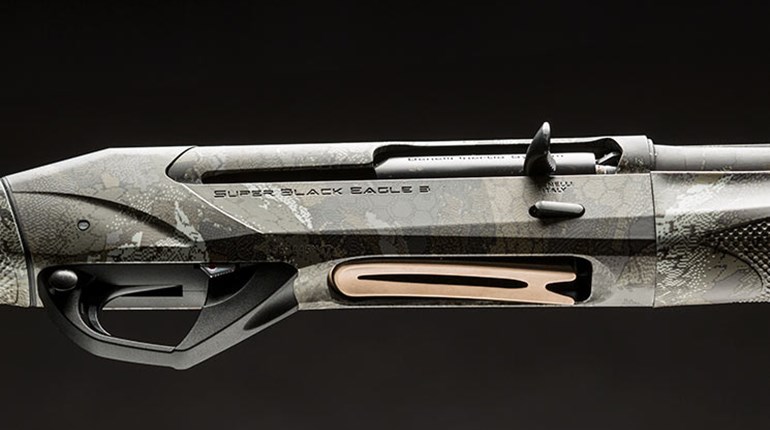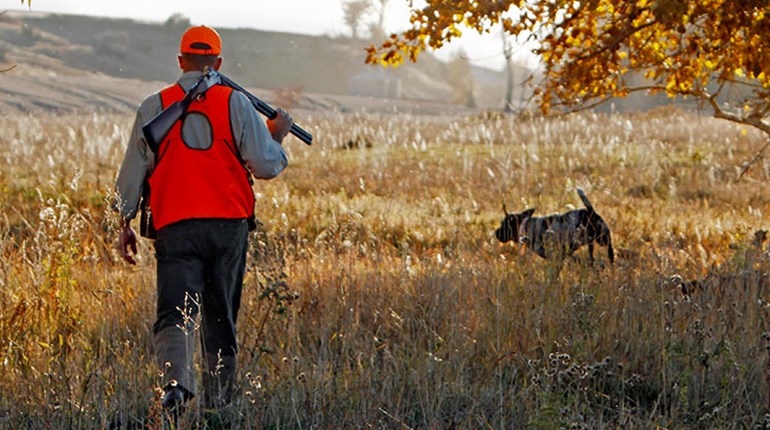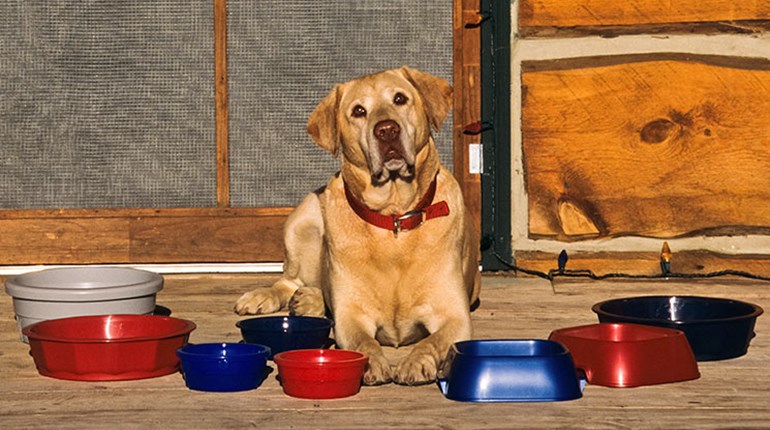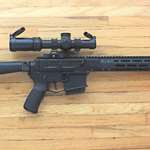Many supermarket dog foods are little more than cereal grains more suitable for herbivores than carnivores.
What you want your hard-working hunting dog to eat are protein and fat—high-quality, digestible protein and fat from meat, not vegetables, and in surprisingly high percentages.
“Dogs are not what they eat,” explained Dr. Brian Zanghi, dog trainer, hunter and animal research scientist at the Nestle Purina Research Center near St. Louis. “But what dogs eat does change what they are. If you want any dog to be stronger, leaner, faster, more alert and healthier, you need to give him optimal nutrition.”
According to advanced studies in canine nutrition and subsequent performance, scientists like Zanghi have determined that optimal nutrition leads to optimal performance in any dog. And optimal nutrition is “achieved through food that provides a proper balance of all appropriate nutrients.”
And there’s the rub. What do “proper balance” and “appropriate nutrients” mean? Give it to us straight, doctor, in plain English.
If I may paraphrase what Zanghi told me: For top performance you should feed a working dog a formula (kibbles) that is 30 percent protein, 20 percent fat, 50 percent carbohydrates (of which 3 percent should be fiber). That’s the easy answer. Finding commercial dog foods that match that description isn’t so easy. Most top out at 26 percent protein, 12 or 16 percent fat and 58 to 62 percent carbs. Zanghi calls these “maintenance foods.” But he doesn’t recommend them for maintenance because switching from performance food to maintenance food in the offseason decreases a dog’s athletic ability and performance months later. “Feeding a maintenance formula in the offseason is the equivalent of de-training your dog,” Zanghi said. “Switching to a maintenance diet delivers higher levels of carbohydrates, which promotes the reduction of a dog’s metabolic capacity to utilize fats.” Short answer: It reduces endurance.
I don’t know about you, but endurance is job one for my hunting dogs. I want them to not only run and run, but smell and think and respond properly to commands. These are all part of hunting dog performance.
Research with sled dogs, greyhounds and hunting breeds like Labradors has proven that high protein and fat ratios promote optimal metabolic endurance, but also optimal mental and sensory acuity during exercise. And protein, as most of us know, is essential for lean muscle maintenance and optimal body condition.
A diet consisting of 20 percent fat might sound unhealthy for a human, but dogs aren’t primates. They perform better with high fat intake. “High levels of dietary protein and fat promote increased mitochondrial synthesis for increased oxygen metabolism,” Zanghi said, confusing me and confirming that he is, indeed, a scientist. What I took away is this: Feed a dog food that is 30 percent protein, 20 percent fat and 50 percent carbs. Stop applying human diets to dogs. Better yet, give half your daily fat intake to your dog and you’ll both perform better afield this fall.
The real surprise for me was the apparent need/benefit of keeping my hunting dogs on this performance food year-round. My instinct is to back off and feed a lower quality maintenance diet when dogs are mostly lying about the house and yard. But that’s a bad idea. Research shows that such an on/off dietary regimen makes it impossible for dogs to catch up. They never really regain their metabolic capacity, even if you resume feeding the performance food two months before field work begins.
“Fat is used as an aerobic fuel by dogs,” Zanghi explained. “Keep it in their diet during training and you increase intramuscular storage of fat; you increase the capacity for burning that fat, and this all leads to metabolic endurance.” In other words, this will fuel a dog that can run and run and still sniff out birds, hear commands and perform at its peak.
I’ll admit the conspiracy theorist in me wondered if Zanghi wasn’t just brainwashing me so I’d buy Purina’s higher-priced dog food, but the science looked sound. More to the point, when I put my bird dogs on a 30/20 protein/fat diet, their field performance improved markedly. They run and run and run and still find birds at the end of the day—and they’re ready to do it again the next day.
Before you rush off and force feed your pooch this stuff, be aware of one more critical component: water. “Hydration is critical during exercise,” the good doctor insisted. “Encourage your dog to consume plenty of water the night before a hunt and frequent, small volumes throughout the hunt or training exercise.” The idea is to maintain good hydration, not deplete it or try to make up the shortfall after the dog’s ability is compromised.
I worried that keeping a dog on this performance diet would make him fat in the offseason. “Not if you don’t overfeed,” doc said. Just reduce quantity. Keep the caloric quality (protein/fat/carb) ratios high, but reduce the quantity. If Bruiser starts to look more like Bloater, reduce the daily feed.
Some experts consider mass-produced name brands like Purina, Science Diet and Eukanuba (brands most of us think of as premium) to be of average nutritious value. Instead they lean toward foods from boutique manufacturers who use top-shelf ingredients like raw beef and oats. If you can afford these foods, great, your dog will eat like a king. But most gundog owners can’t. We’d all like to fill our carts with filet mignon and wild-caught salmon, but most of us settle for hamburger because we can’t afford filet every night. There are many top field trial dogs that thrive on Purina and other commercial brands. Buy the best food with the highest sources of protein you can afford.
Hunting dogs are elite athletes. We ask them to run marathons, leap tall buildings in a single bound and do it all in heat and cold with no change in clothing. This is why diet is critical, but so is conditioning, not to be confused with training. Vigorous conditioning should include sprints, extended runs, swimming, leaping—whatever will be expected during a hunt. Add resistance, like pulling a wheeled vehicle, to build muscle mass and endurance. Start slowly and build. Stick to it. And watch for heat stress during summer.




































